Overview of Aircraft Engine Components
Aircraft engine parts are complex systems that ensure safe and efficient flight. They convert energy into thrust to propel the aircraft. The design and operation of these engines are critical in aviation, combining advanced engineering and durable materials. This section explores their significance and variations.
Importance of Aircraft Engines in Aviation
Aircraft engines are the heart of any aircraft. They provide thrust needed for takeoff, cruising, and landing. Their reliability ensures passenger and crew safety in all conditions. Modern engines are engineered for fuel efficiency, reducing operational costs for airlines. Innovations in engine technology also help minimize carbon footprints, aligning aviation with environmental goals.
Aircraft engines impact operational performance and determine an aircraft’s maximum speed and range. Their sound design contributes to smoother flights and better aerodynamic balance. Regular maintenance is vital to ensure engines operate optimally across their lifespan.
Types of Aircraft Engines and Their Key Features
Different types of aircraft engines serve varying needs. The four main categories are:
- Turbofan Engines: Common in commercial jets due to their fuel efficiency and quieter operation. They are ideal for long-distance flights and carry high payloads.
- Turboprop Engines: Designed for shorter routes, these engines combine the efficiency of propellers powered by gas turbines. They are widely used in regional aviation.
- Turbojet Engines: Known for their high speeds, these engines are suitable for military and supersonic applications. They offer unparalleled power-to-weight ratios.
- Piston Engines: These are typically found in smaller aircraft. They are simple, cost-effective, and reliable for general aviation.
Each type of engine has unique characteristics designed for specific operational scenarios. The manufacturer selects the engine type based on factors like fuel economy, range, and aircraft size.
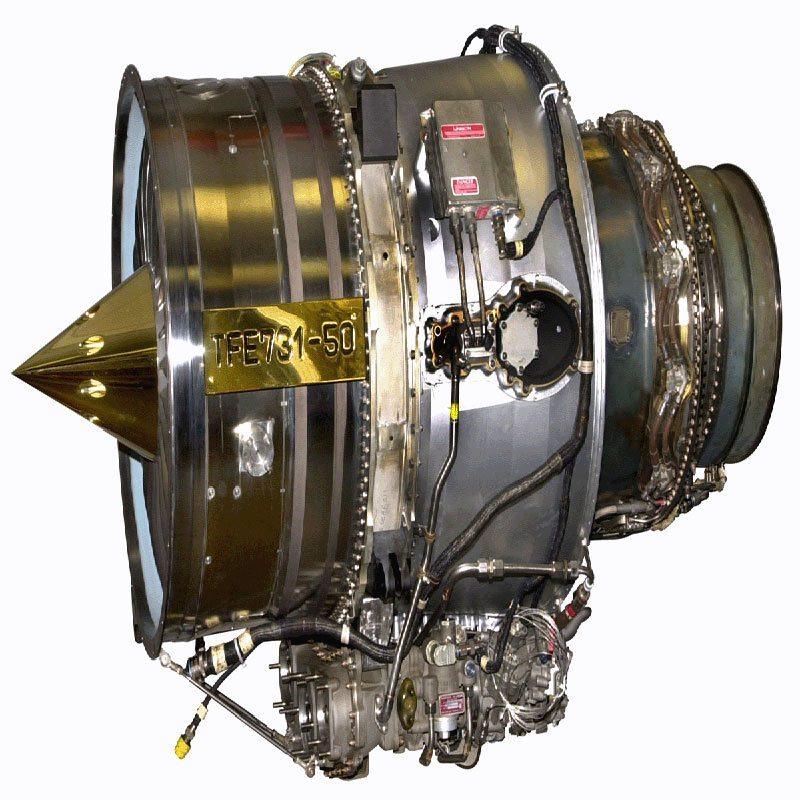
Major Sections of an Aircraft Engine
Aircraft engines comprise various sections, each playing a crucial role in propulsion. Understanding these sections helps us appreciate their function and complexity. Below, we break down the major parts and their roles.
Compressor: Function and Design
The compressor takes in air and compresses it into a high-pressure stream. This high-pressure air is essential for combustion. Axial and centrifugal compressors are the common types used. Axial compressors are more efficient in modern jet engines. Each stage of the compressor increases air pressure. Precision in design ensures consistent and effective operation.
Combustion Chamber: How Fuel Burns
The combustion chamber mixes compressed air with fuel and ignites it. This process generates high-temperature, high-pressure gases. These gases drive the turbine to create thrust. The chamber’s design aims to burn fuel efficiently while minimizing emissions. Materials used must withstand extreme heat and stress.
Turbine: Energy Extraction Process
The turbine extracts energy from high-pressure gases generated in the combustion chamber. It converts thermal energy into rotational energy. This energy powers the compressor and generates thrust. Turbine blades face immense temperatures and pressure, requiring advanced materials. Their aerodynamic design ensures maximum energy conversion.
Exhaust System: Managing Output
The exhaust system channels hot gases away from the aircraft. It ensures gases exit at optimal speed to enhance thrust. In some engines, the exhaust system reduces noise and emissions. Proper design minimizes drag and improves aircraft performance. Effective exhaust management contributes to fuel efficiency and environmental compliance.
Each section of the aircraft engine works in harmony to generate thrust and ensure efficient operation. Their materials and designs are optimized to meet the demands of aviation safety and performance.
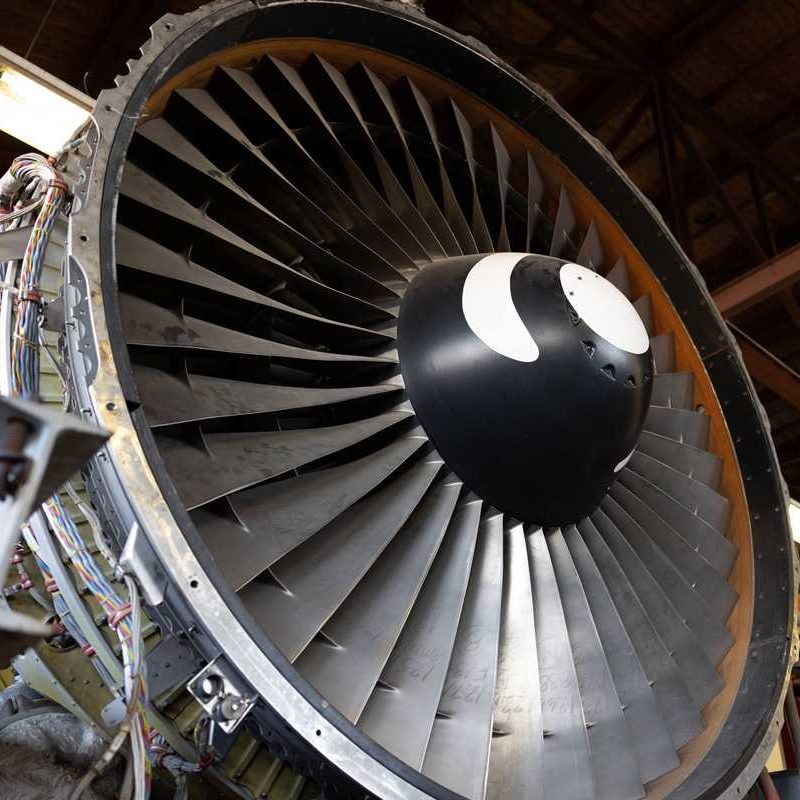
Materials Used in Aircraft Engine Part
Materials in aircraft engine parts must endure extreme conditions and ensure optimal performance. They are selected for their strength, durability, and ability to handle high pressures and temperatures. Modern aviation focuses on materials that improve efficiency while reducing weight and environmental impact.
Heat-Resistant Alloys and Their Role
Heat-resistant alloys play a critical role in aircraft engines. These alloys can withstand intense temperatures without losing strength. Nickel-based alloys are often used, as they resist creep and deformation at high heat. Such materials are essential for components like turbine blades and combustion chambers, where temperatures can exceed 1,500 degrees Fahrenheit.
Titanium alloys are another common choice. They combine heat resistance with excellent corrosion resistance. This makes them ideal for compressor sections and other high-stress areas. Ceramic matrix composites (CMCs) are emerging as alternatives, offering even greater heat resistance while reducing weight.
The ability of heat-resistant alloys to maintain mechanical properties ensures safety and performance. Advanced manufacturing techniques, such as single-crystal casting, enhance the reliability of these materials.
Lightweight Materials for Efficiency
Lightweight materials are essential in making aircraft engines more fuel-efficient. Aluminum alloys are widely used in components where high strength and low weight are crucial. They are cost-effective and reduce the overall engine weight, leading to lower fuel consumption.
Magnesium alloys provide another lightweight option. They are used in non-critical parts due to their lower strength but significant weight savings. High-strength carbon composites are being increasingly adopted. These materials are lightweight, durable, and capable of replacing metal components, especially in fan blades.
Selecting lightweight materials does not compromise durability. It enhances payload capacity without increasing fuel costs. These materials help meet environmental goals by reducing carbon emissions during aircraft operations.
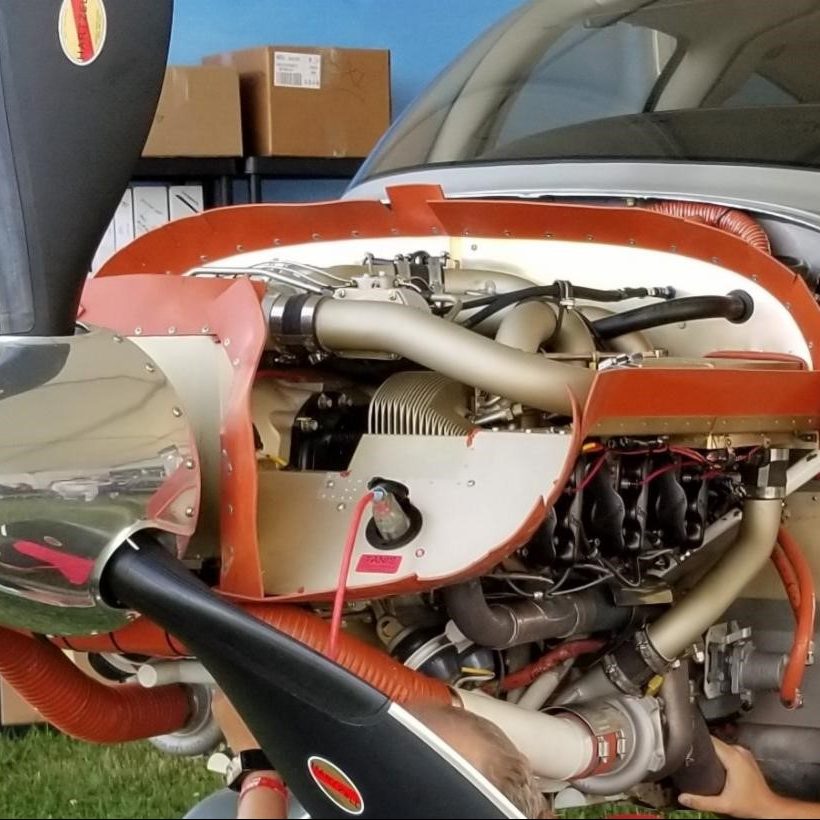
Common Maintenance Practices for Aircraft Engine Part
Aircraft engine maintenance is crucial for safe and efficient operations. Regular care ensures optimal performance and extends engine life. Below are common practices that keep aircraft engines in peak condition.
Regular Inspection and Cleaning
Regular inspections help find small issues before they grow into bigger problems. Technicians inspect engine parts like compressors, turbines, and combustion chambers for damage or wear. Cleaning these parts removes dirt, oil, and debris that can reduce efficiency.
Specialized tools and techniques, such as borescope inspections, identify internal issues without disassembling the engine. Ultrasonic cleaning methods remove contaminants effectively, keeping components in excellent shape. Proper cleaning prevents overheating and ensures smooth operation.
Routine visual checks focus on areas prone to stress, cracks, or corrosion. These inspections improve reliability and reduce the risk of in-flight failures. Regular inspection and cleaning are vital to keeping aircraft engines safe and operational.
Repair and Replacement Procedures
Damaged or worn-out engine parts require prompt repair or replacement. Technicians replace components like turbine blades, seals, or bearings that show wear. High-quality spare parts are used to maintain engine performance and safety standards.
Repair involves welding, polishing, or coating to restore part functionality. Advanced technologies, such as laser cladding, enhance damaged surfaces quickly. Overhaul processes ensure that engines meet original design specifications after extended use.
Replacement follows strict guidelines to maintain compatibility with the overall engine system. After repairs or replacements, engines undergo tests to confirm reliability. These procedures reduce downtime and improve long-term efficiency.
Effective maintenance practices are essential for managing aircraft engine parts. Proper inspection, cleaning, and repairs ensure safe and cost-efficient operations.
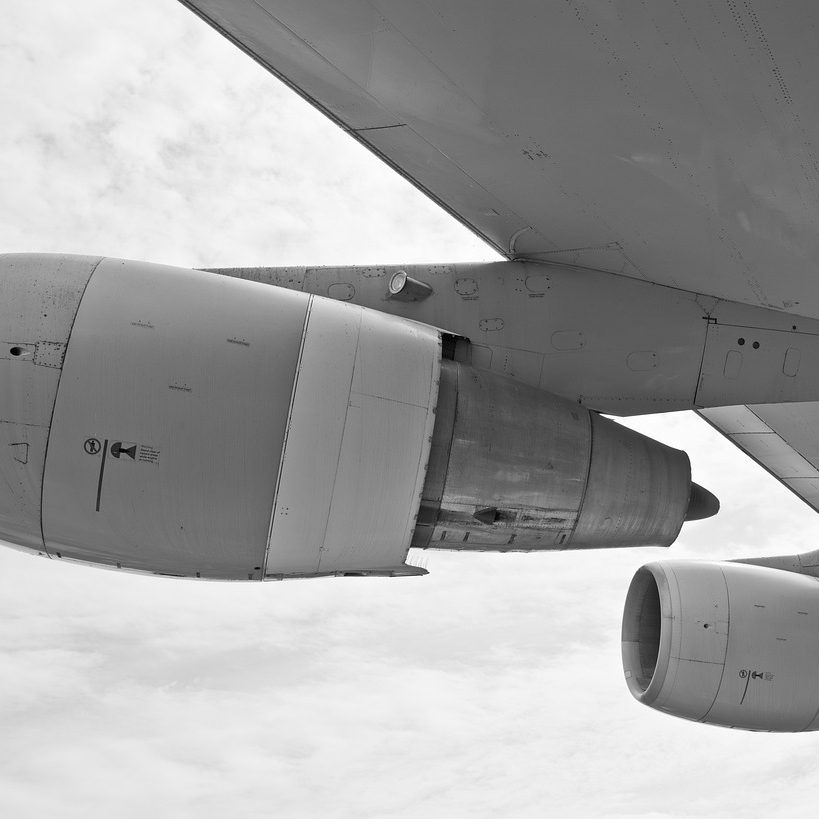
Innovations in Aircraft Engine Design
Aircraft engine design has evolved rapidly to improve performance and environmental compatibility. Innovations focus on enhancing fuel efficiency and reducing emissions. Engineers leverage advanced technology to meet airline demands and global sustainability targets.
Advances in Fuel Efficiency
Fuel efficiency is a top priority in modern aircraft engine design. Engineers develop solutions to reduce fuel consumption and operational costs. One major innovation is high-bypass turbofan engines, which optimize airflow and enhance propulsion efficiency. They are widely used in commercial aviation.
Advanced materials like carbon composites and lightweight alloys help reduce engine weight. A lighter engine requires less fuel, improving overall efficiency. Precision in designing aerodynamic shapes minimizes drag and maximizes thrust.
Another key development is adaptive engines. These engines adjust various settings during flight to optimize performance. They adapt to varying altitudes and speeds, ensuring fuel efficiency throughout. Airlines benefit from lower expenses and fewer emissions.
Key Points:
- High-bypass turbofan engines improve airflow efficiency.
- Lightweight materials reduce engine weight and fuel requirements.
- Adaptive engines optimize fuel use across altitudes and speeds.
Development of Eco-Friendly Engine Technologies
Environmental concerns drive the creation of eco-friendly engine technologies. The aviation industry focuses on reducing carbon emissions and improving sustainability. Electric and hybrid engines are promising advancements in this area.
Electric engines use battery technology to eliminate carbon emissions entirely. While still in development, they show potential for short-range flights and regional operations. Hybrid engines combine traditional fuel with electric systems, lowering emissions significantly.
Biofuels are another breakthrough in aviation. Made from renewable sources, they replace conventional jet fuel to reduce carbon outputs. Their adoption aligns with global goals for greener aviation. Innovative combustion technologies also further reduce emissions.
Key Points:
- Electric engines eliminate emissions for short-range use.
- Hybrid engines combine fuel and electricity for greener efficiency.
- Biofuels replace jet fuel to cut aviation’s carbon footprint.
Modern innovations in aircraft engine design address fuel efficiency and environmental sustainability. These advancements benefit airlines and preserve the planet for future generations.
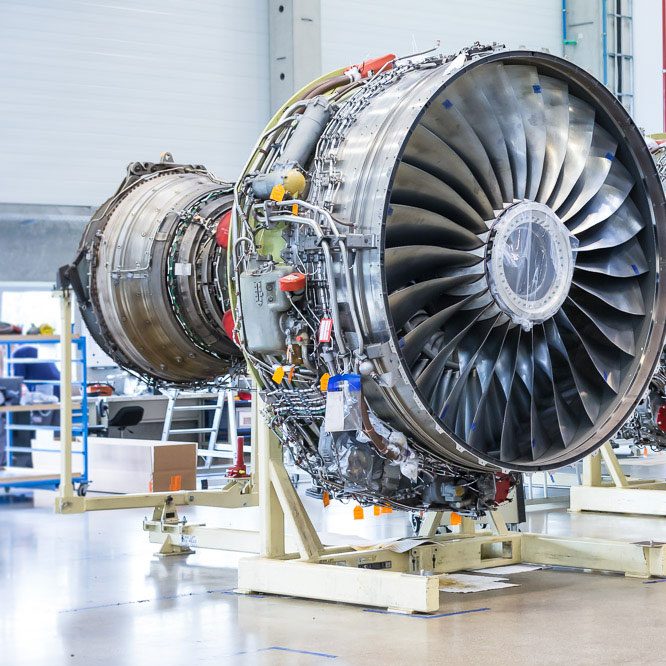
Challenges and Considerations in Aircraft Engine Manufacturing
Aircraft engine manufacturing involves complex challenges. Engineers must balance performance, safety, and compliance with strict regulations. Components must handle extreme conditions, while maintaining efficiency and reliability. Below, we explore key considerations in engine manufacturing.
Balancing Durability with Weight
Durability is vital for aircraft engine parts to endure high temperatures and stress. Materials must resist wear, corrosion, and deformation during operation. Heat-resistant alloys like nickel-based and titanium alloys are frequently used for durability.
However, heavier materials increase engine weight. Additional weight impacts fuel efficiency and overall aircraft performance. To counter this, manufacturers employ lightweight materials like aluminum, magnesium, and carbon composites. These materials reduce weight without sacrificing strength.
Advanced manufacturing techniques, such as 3D printing, allow precise designs that optimize durability and weight. Engineers carefully test materials to ensure they meet safety and efficiency requirements. Balancing durability and weight ensures reliable and cost-effective engine operation.
Aircraft engine parts must meet strict international regulations. These standards ensure engines are safe, efficient, and environmentally compliant. Regulations cover everything from material selection to manufacturing processes and inspections.
Compliance involves certifications from agencies like the FAA and EASA. These organizations mandate rigorous testing and performance evaluations. Every component is scrutinized to verify compatibility with aviation requirements.
Environmental regulations also play a role. Manufacturers must use eco-friendly technologies to reduce emissions. Innovations like biofuels, hybrid engines, and cleaner combustion systems align with sustainability goals.
Meeting regulatory standards demands precision and attention to detail. It assures users that aircraft engines are reliable in all conditions. Effective navigation of compliance impacts the reputation and success of engine manufacturers.
Aircraft Engine Parts and Safety Standards
Safety is the most critical aspect of aviation, heavily reliant on aircraft engine parts. Engine parts must operate flawlessly to ensure the secure and smooth operation of an aircraft. Both design and maintenance of these components play vital roles in meeting stringent safety standards.
Role of Engine Components in Ensuring Flight Safety
Aircraft engine parts directly influence passenger and crew safety. Key areas of focus include:
- Thrust Generation: Engines provide the thrust needed for takeoff, flight, and landing. Reliable thrust is essential for flight stability.
- Efficient Cooling: Components like the exhaust system manage hot gases, protecting vital parts from overheating.
- Durable Materials: Engine parts are made of heat-resistant alloys and lightweight materials to endure extreme conditions without failure.
- Precision in Manufacturing: Every part must be meticulously engineered to ensure a secure fit and seamless operation.
Safety also depends on regular inspection and proper maintenance. Damaged parts, like turbine blades or combustion chambers, are repaired or replaced promptly. This prevents risks during flight, such as engine failure.
International Regulations Governing Engine Parts
Aircraft engine parts follow strict regulations to meet global safety standards. Major standards include:
- FAA and EASA Requirements: Regulatory agencies, such as the FAA and EASA, mandate certifications for materials and designs.
- Performance Testing: Engine components undergo rigorous testing for stress tolerance, heat resistance, and operational efficiency.
- Environmental Compliance: Manufacturers reduce emissions through eco-friendly technologies, meeting sustainability goals alongside safety standards.
- Regular Audits: Regulatory bodies conduct periodic inspections to verify compliance and improve safety measures.
By adhering to these regulations, manufacturers ensure safety across all flight conditions. Advanced technologies enhance compliance efforts, boosting reliability and environmental compatibility.
Aircraft engine safety depends on robust components and adherence to strict regulations. This ensures secure flying experiences for passengers worldwide.
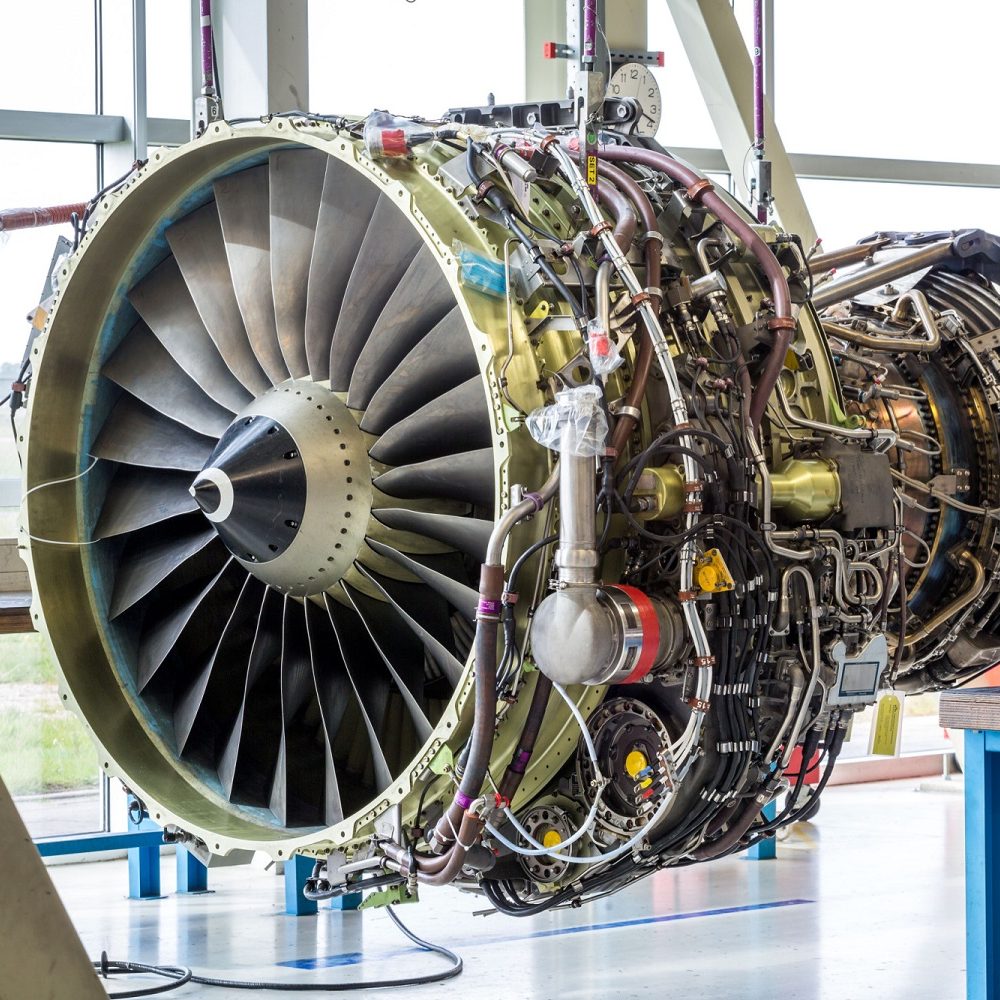
Leave a Reply